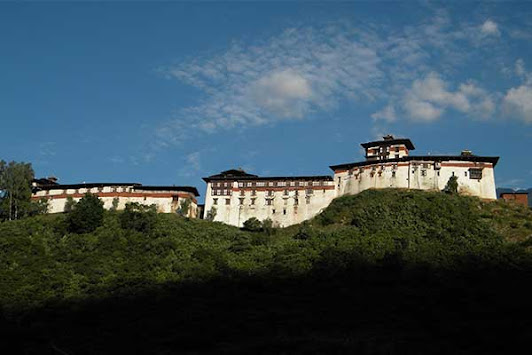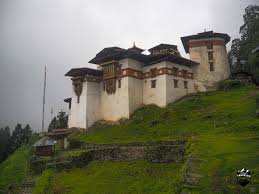Dzongs build by Zhabdrung Ngawang Namgyal
1. Rinpung Dzong
2. Pema Gatshel
Constructed only in 1980s, the Dzong is a simple structure yet with traditional elegance. The structure marked a symbol of its own entity and now serves as the district administration center as all other Dzong in the country.
3. Simtokha
It was Constructed only in 1980s, the Dzong is a simple structure yet with traditional elegance. The structure marked a symbol of its own entity and now serves as the district administration center as all other Dzong in the country.
4. Trongsa Dzong
Trongsa Dzong was first built in 1647, and it was form this dzong that the first two Bhutanese kings ruled the country. The structure is strategically located on the steep slope commanding an extraordinary view of the Mangde river, approximately in the middle of the kingdom of Bhutan.
5. Zhemgang Dzong
Zhemgang dzongdag derives its name from a 12th century monastery built by Lam Zhang Dorji Dragpa, a scholar sage of Drukpa Kadyud school.
6. Wangdue Prodrang Dzong
Wangdue phodrang dzong was founded by the Zhabdrung in 1638. the dzong was rebuilt in 1837 after it was damamge by a fire and by an earthquake in 1897.
7. Gasa Dzong
Gasa Dzong is located at an elevation of about 2800m. The Dzong was said have built by Zhabdrung Nawang Namgyal in 1640s above the cave meditated by a Tibetan saint Terkhungpa. It has a great hitorial, cultural and spiritual significance. Just below is the “la Tsho” literally meaning soul-lake. The lake is an important part of the history of the Dzong. Local belief has it that Gomo, the guardian of the Dzong emerged from this lake in the form a snake and held bound the Dzong when Tibetans attacked the Dzong with fire arms in the 16th century. The lake surrounding was developed and named as Eto Meto Garden and was inaugurated by Honourable Agriculture Minister, Dr. Pema Jamtsho on June 2, 2012 to commemorate the Coronation Day of Fourth Druk Gyalpo, Jigme Singye Wangchuck. About four species of Rhododnedron plants currently being planted around the lake in addition to tree species such as Juniper, Cypress, Willow, Oak and Magnolia. The lake is also for winter birds such as Black tailed crake and ducks in addition to resident fishes confined in the lake.
Description: I intended this document to teach class five social studies. I got the pictures from google and some of the information are derived from the help of internet.









Comments